Engagement All Year Long
The backbone of any giving program is year-round engagement. Here are some tips for making it happen.
Once Per Quarter
Aim to share one meaningful donor communication per quarter. Consider a gratitude card timed for delivery around a certain holiday—like Thanksgiving or Valentine’s Day—in some quarters and something more substantive, like an impact report, in others. The goal is to stay on your donors’ radars and avoid thanking belatedly just before another giving push. No one likes that.
Make the Most of Your Stewardship
Generating reports takes a lot of work. You don’t need to deliver absolutely all of the information at the same time, especially if it’s difficult due to your organization’s internal processes. Consider splitting up reporting to create an additional touchpoint during the year and alleviate deadline-driven stress. For example, separate financial and narrative reports for donors to endowed funds.
Send Pre-Reporting Updates
If possible, let donors who backed a specific project know what’s happening with the money they gave before it achieves any impact. For example, you could share that a committee that determines an emergency fund’s uses recently met and let donors know when they can expect another update or formal report. Doing this demonstrates that you value the donor and the gift they made, and increases transparency at a time when donors crave it.
Invent New Traditions
You only have to do something twice to establish a tradition. If there’s a glaring hole in your engagement calendar, look for notable dates in your organization’s history during that period that could map to a donor engagement point. For example, use the date that a cornerstone was laid for a key building to thank your donors for being a cornerstone of your community. Or don’t even bother with the historical referent and just create a new touchpoint . Problem solved!
Remember, engagement is a team effort and donors should also receive general communications from your organization. But it’s also good to engage your donors specifically as donors consistently.
